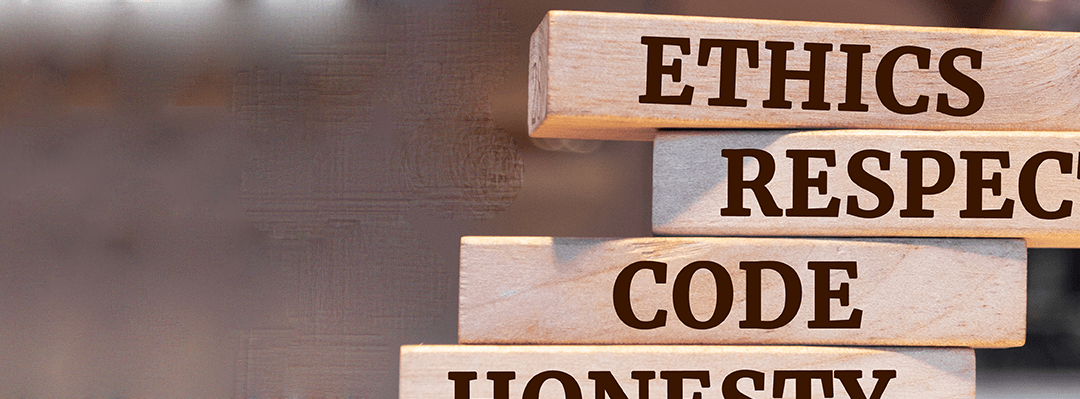Linda J. Kramer, CPA, MBA
Accounting & Auditing Director
Some provisions of the SECURE Act 2.0 of 2022 (a follow-up to the SECURE Act of 2019) have been in force for more than a year — including several that affect 403(b) retirement plans. 
If your nonprofit offers employees a 403(b) plan, you likely made some minor changes in 2023 and may have made more significant ones effective January 1, 2024, to align your plan with the new law. A few additional provisions are scheduled to become effective in 2025 and 2026.
Consider the following upcoming changes in retirement plans that affect nonprofits, in order to ensure you’re adhering to the applicable rules and implementing enhancements where they make sense:
Effective January 1, 2024
Pension-linked emergency savings accounts (PLESAs)
Nonprofit employers may allow workers to contribute to a PLESA linked to their 403(b) plans. Contributions to these accounts are made on an after-tax basis, and the account balance attributable to employee contributions can’t exceed $2,500 (which will be indexed for inflation). Workers generally may make withdrawals from a PLESA much more easily than they can obtain a hardship distribution or loan from a 403(b) plan. The IRS recently issued initial guidance to help employers with implementation of PLESAs.
Student loan match
Employers can elect to make matching contributions to employees’ 403(b) accounts based on their student loan payments. This provision is intended to help build workers’ retirement savings even if their student loan payment obligations are preventing them from contributing.
Effective January 1, 2025
Automatic enrollment
For new plans adopted after 2024, nonprofits must provide automatic enrollment. Employees can then choose to opt out if they don’t want to participate. One exception: organizations with 10 or fewer employees or that have been in operation for less than three years aren’t required to meet this mandate.
Catch-up contributions for some older employees
Generally, taxpayers aged 50 or older are allowed to make additional “catch-up” contributions to their 403(b) plans. SECURE 2.0 will allow employees aged 60 to 63 to make even larger catch-up contributions of $10,000 (indexed for inflation) or 150% of the regular catch-up limit, whichever is greater.
Part-time worker participation
Under the first SECURE Act, part-time workers are eligible to participate in their employer’s 403(b) plan if they have 500 hours of service each year for three consecutive years. Starting in 2025, the eligibility requirement will fall from three years to two years.
Effective January 1, 2026
Catch-up contributions for higher-paid employees
Changes to 403(b) catch-up contribution rules originally were scheduled to go into effect in 2024. But in 2023, the IRS announced a two-year transition to help nonprofits comply with the new rules. Beginning in 2026, employees who earned more than $145,000 in the prior year (indexed for inflation) will be allowed to make catch-up contributions only to a Roth 403(b) account.
Another Roth 403(b)-related provision went into effect in 2022: Employees can elect that their employer makes matching contributions to their Roth 403(b) — if the nonprofit offers one. (Previously, matching contributions could be made only to an employee’s traditional account, even if the employee contributed to a Roth account.)
What stays the same (for now)
As always, traditional 403(b) plan contributions grow tax-deferred in participants’ accounts and withdrawals are taxed — generally when participants are retired and in a lower income tax bracket. Employee contributions are deducted from paychecks pre-tax.
The 403(b) contribution limit for 2024 is $23,000, and participants aged 50 or older can make catch-up contributions of an additional $7,500. Also, participants who have been employed by your nonprofit for more than 15 years may be eligible to contribute an extra $3,000 a year, if you’ve included this provision in your plan.
Contact your GT Reilly advisor if you have questions about 403(b) limits or any changes under the SECURE Act 2.0.




